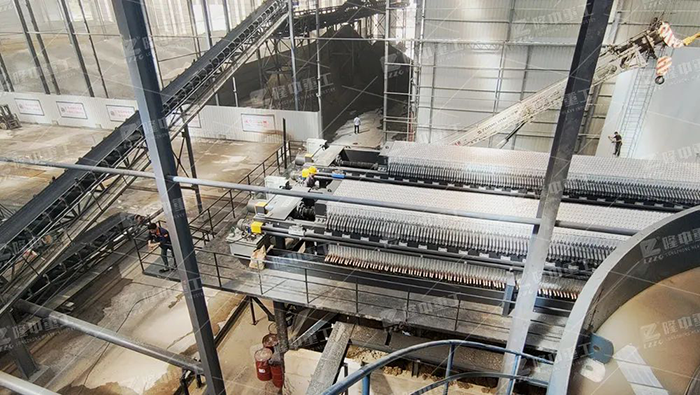
How to calculate the processing capacity of filter press
The sludge processing capacity of plate and frame filter press is calculated by wet sludge volume method. The detailed formula is as follows: Wet sludge volume method: 1. Filter area…
published date: 02-12-2019
Tailings nature
The metal minerals in tailings are mainly from siderite and hematite. It is uneconomical to recover under the existing technical conditions; the gangue minerals mainly include clay minerals such as quartz, dolomite, calcite, apatite and kaolin. The particle size is fine: -200 mesh accounts for 83.06%, and -400 mesh accounts for 67.72%. The specific gravity is 3.01 g/cm3, the bulk density is 1.17 g/cm3, the specific surface area is 10.44 m2/g, and the plasticity index is 11.57.
The dewatering technology of filter press is a relatively mature dehydration technology, which is widely used in the dehydration of many fine tailings at home and abroad. Chengmenshan copper mine concentrate – 0.074mm accounted for 65%, filter cake moisture control below 11%; Xinqiao pyrite concentrate – 0.007 mm accounted for 18.8%, filter cake moisture control at about 12%; Baosteel Meishan iron ore tailings -0.077mm accounted for 81%, and filter cake moisture was controlled below 20%. In terms of process conditions, both Meishan Iron Mine and Solitaire Iron Mine Filter Press are used for dehydration of tailings slurry. Therefore, its application in Meishan Iron Mine has important guiding significance for the connection of Longtie Mine.
Used to produce higher value added building materials
Because the tailings contain up to 27% iron, the tailings contain more than 42% silicon, and the tailings contain less sulfur. Therefore, in theory, the tailings can be used as an important ingredient in cement production. Within the scope of sales radius, according to the needs of cement manufacturers, provide quality products, and strive to achieve zero tailings production, turning the heavy burden of mine production into a product with important industrial and economic value, realizing economic and environmental benefits. Unite.
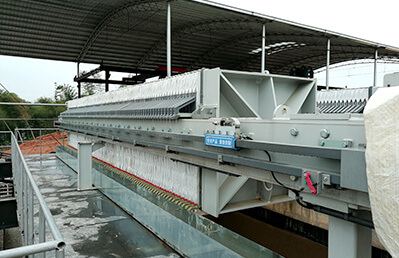
In the on-site tailings production system, a tailings iron recovery and re-grinding system is added to recover the iron lost from the main process, and the tailings iron grade is reduced from 27% to less than 15%. This low value-added tailings can have three typical uses.
(1) Used to produce low-end building materials. Some coarse-grained tailings can be taken from this low value-added tailings to replace the thin yellow sand that is scarce in the market, or it can be used to prepare penetrating ground bricks with better permeability.
(2) Dry tailings of tailings. After the low-value-added tailings are dewatered by filter press, the moisture can be controlled below 20% to meet the requirements of transportation and dry stacking. The land acquisition and storage will be carried out after the completion of the safety and environmental impact assessment.
(3) Tailings fill the goaf. This low value-added tailings can be used to fill the goaf, thereby eliminating the safety hazards in the goaf and reducing the environmental pollution caused by tailings on the surface.

The sludge processing capacity of plate and frame filter press is calculated by wet sludge volume method. The detailed formula is as follows: Wet sludge volume method: 1. Filter area…
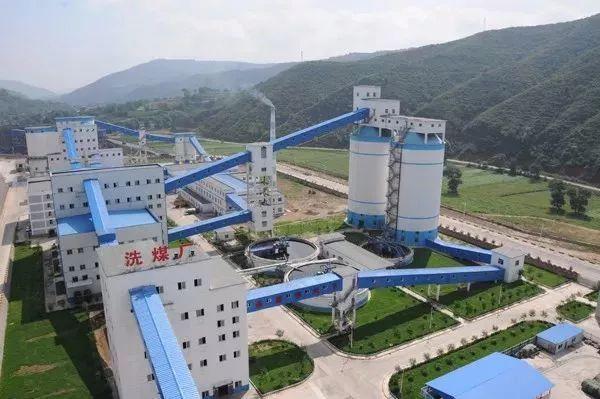
The coal washing plant added magnesium chloride to the slime water to increase the hardness of the water quality, and successfully solved the problem of the decrease in the hardness…
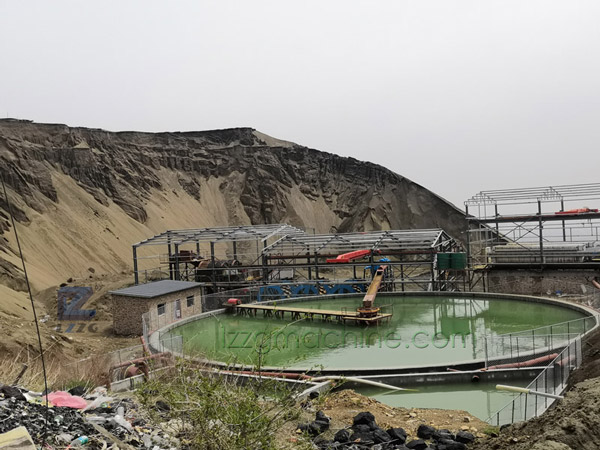
The mud and slag discharged by mining enterprises after the completion of mineral processing have accumulated to form tailing ponds. How to deal with tailings? Utilization Value Of Tailings At…
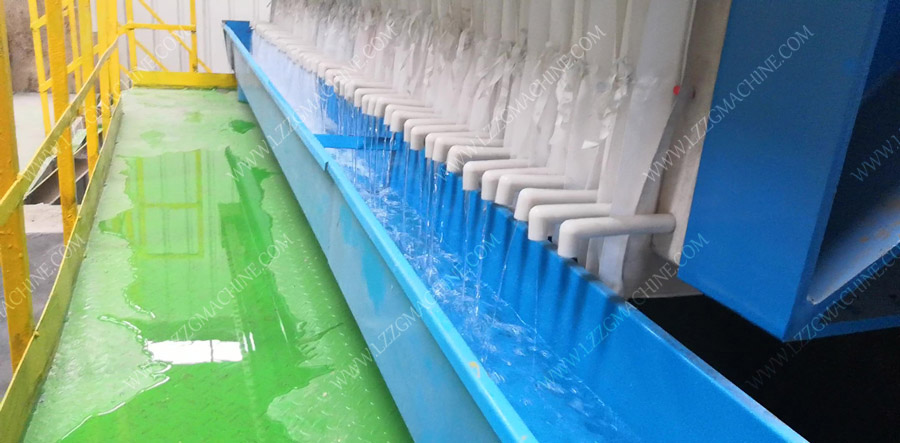
With the continuous deepening of urban construction and transformation, a large amount of construction waste has also been produced. The total amount of construction waste produced in Shaoxing, China last…